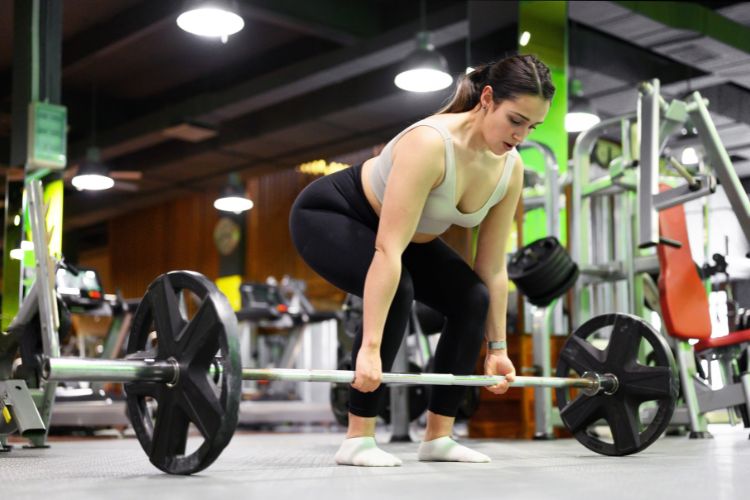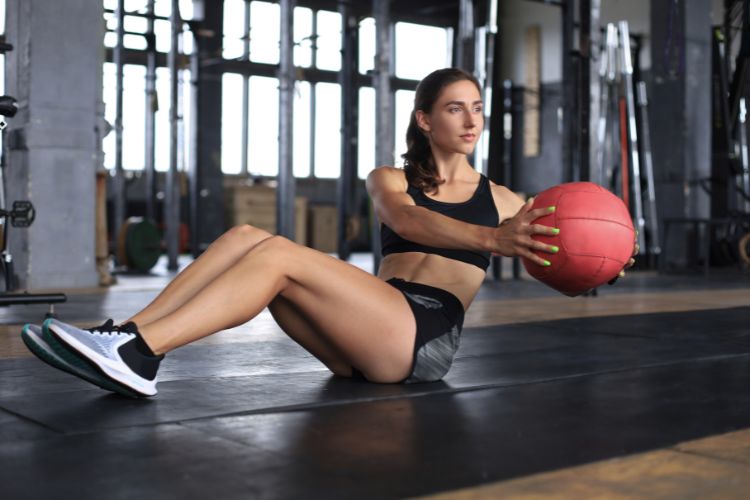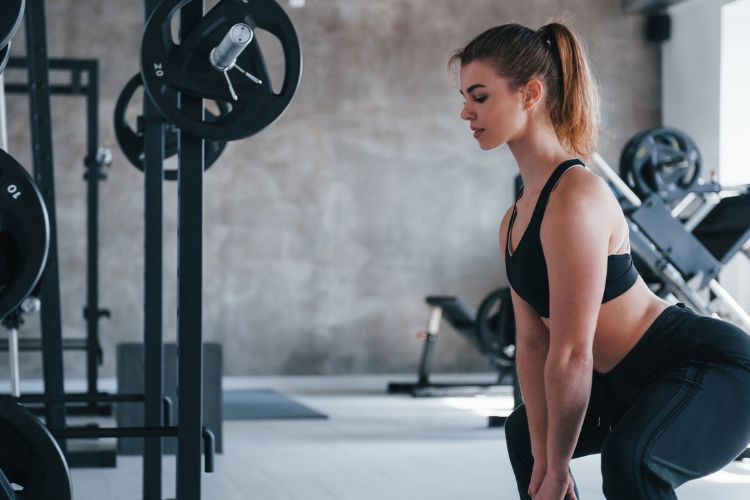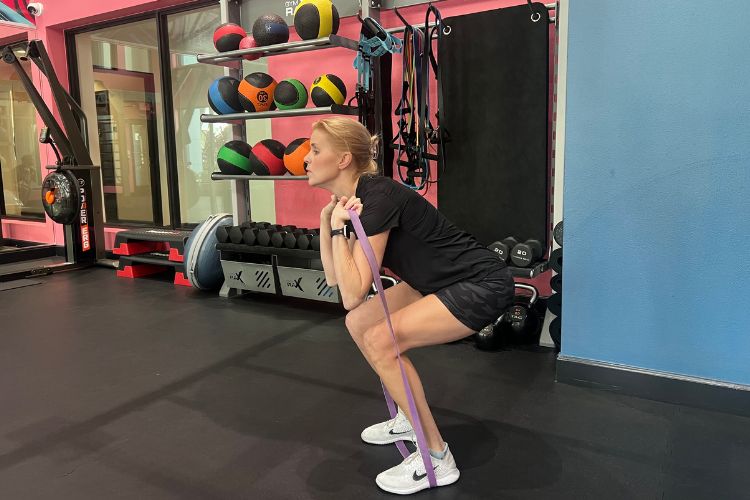Sign up for workout ideas, training advice, reviews of the latest gear and more.






When it comes to building lower body strength, improving posture, and enhancing overall fitness, the front squat is a powerhouse exercise. For women, incorporating resistance bands into front squats can take this classic movement to the next level. BFS are an excellent way to add variety, challenge your muscles in new ways, and achieve your fitness goals faster. In this comprehensive guide, we’ll explore everything you need to know about band front squats, including their benefits, proper form, variations, and tips for optimizing your workout.
Resistance bands add tension throughout the entire range of motion, forcing your muscles to work harder. This is especially beneficial for women who want to build strength and tone their lower body, as the bands target the quads, glutes, hamstrings, and core more effectively than traditional squats.
Front squats naturally encourage an upright torso, which helps improve posture and core stability. Adding a band increases the demand on your core muscles, helping you develop a stronger midsection and better overall alignment.
Resistance bands are low-impact, making them a great option for women with joint concerns. They also allow for progressive overload without the need for heavy weights, which is ideal for beginners or those recovering from injury.
Bands are portable, affordable, and easy to use at home or in the gym. This makes band front squats a convenient addition to any workout routine, whether you’re a busy professional or a fitness enthusiast.
Band front squats emphasize the quads, glutes, and hamstrings, helping women build lean muscle and achieve a toned, sculpted lower body. The added resistance from the band ensures your muscles are working harder throughout the entire movement.
The front-loaded position of the band requires significant core engagement to maintain an upright posture. This not only strengthens your abs but also improves overall stability and balance.
Performing band front squats can help improve hip and ankle mobility, which is especially beneficial for women who spend long hours sitting or have tight muscles from high heels or sedentary lifestyles.
The added resistance from the band increases the intensity of the exercise, leading to a higher calorie burn. This makes BFS an excellent addition to any fat-loss or conditioning program.
Hold a dumbbell or kettlebell close to your chest while performing the squat with the band under your feet. This variation increases the challenge for your core and upper body.
Adopt a wider stance to target your inner thighs and glutes more effectively. This variation is great for women looking to build strength and tone in these areas.
At the bottom of your squat, perform small pulses before returning to the starting position. This increases time under tension, leading to greater muscle activation and endurance.
Add an explosive jump at the top of the movement to incorporate plyometric training. This variation boosts power and cardiovascular fitness.
Select a resistance band that challenges you without compromising your form. Beginners should start with lighter resistance and gradually progress to heavier bands.
Perform dynamic stretches and mobility exercises to prepare your muscles and joints for the movement. Focus on your hips, ankles, and shoulders.
Concentrate on engaging your quads, glutes, and core throughout the movement. This ensures you’re getting the most out of each rep.
As you get stronger, increase the resistance of the band or add additional weight to continue challenging your muscles.
Combine BFS with other lower body exercises like lunges, deadlifts, and hip thrusts for a well-rounded workout.
Yes! Band front squats are beginner-friendly, especially if you start with lighter resistance and focus on proper form.
Absolutely. The increased intensity from the band leads to a higher calorie burn, making it a great exercise for weight loss when combined with a balanced diet.
Aim to incorporate BFS into your routine 2-3 times per week, allowing at least one rest day between sessions for recovery.
If you don’t have a band, you can still perform traditional front squats using a barbell, dumbbell, or kettlebell.
Band front squats are a versatile, effective, and accessible exercise that can help women of all fitness levels achieve their goals. Whether you’re looking to build strength, tone your lower body, or improve your overall fitness, this movement is a must-try. By incorporating proper form, exploring variations, and following the tips in this guide, you’ll be well on your way to unlocking your full potential. So grab a resistance band, get squatting, and watch your strength and confidence soar!
Stay up to date on the latest women’s health, fitness and lifestyle trends and tips.